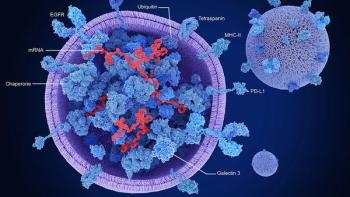
FDA Favors a Totality of Information Framework for Biosimilars
FDA scientists published an article in the Aug. 4, 2011, issue of The New England Journal of Medicine that describes their current thinking about a pathway for the regulatory approval of biosimilars. The agency?s approach reflects its examination of EMA guidelines, as well as the nature of biological drugs.
FDA scientists published an
The authors began the article by acknowledging the innate complexity of biologics. “Given the complex nature of biologics, it’s unlikely that a ‘one size fits all’ systematic assessment of biosimilarity can be developed,” said the authors. “Instead, FDA scientists will need to integrate various types of information to provide an overall assessment that a biologic is biosimilar to an approved reference product.” FDA has studied the EMA guidelines and is drawing on that agency’s experience with an abbreviated approval pathway for proteins that are regulated as drugs. FDA favors a complex, “totality of information” framework, in which structural, chemical, and clinical data are evaluated for each product. The agency hopes to characterize some products well enough to produce a “fingerprint” by which they can be recognized with a high degree of certainty.
FDA is familiar with risk-based approaches to approvals and will be using them in its evaluation of biosimilars. Each product’s complexity, formulation, stability, and the usefulness of the available biochemical and functional characterizations will be evaluated for risk. The agency also will consider the mechanistic understanding of the clinical effect of a biologic and the level of clinical information available. Manufacturing processes will be examined for the potential to introduce variants or impurities that could affect risk.
Because of the complexity of large-molecule drugs, FDA expects that an extensive product review will be required to determine how much additional data are needed to approve a biosimilar. FDA is currently considering how review-related interactions might be structured and how they will affect the user-fee program that Congress mandated for biosimilars.
The article makes it clear that FDA has no simple way to answer the critical question of how similar a biosimilar must be to the branded product. Each generic small-molecule drug must meet well-defined criteria, but no formula exists for biosimilars. As more products are approved as biosimilars, the process may gain predictability. But for now, the answer is “We’ll know it when we see it.”
In 2009, Congress passed the Biologics Price Competition and Innovation Act, authorizing an abbreviated approval pathway for biologics that are biosimilar to already-approved products. Since that time, manufacturers have been waiting for guidance from FDA about the details of the approval process.
Newsletter
Stay at the forefront of biopharmaceutical innovation—subscribe to BioPharm International for expert insights on drug development, manufacturing, compliance, and more.





